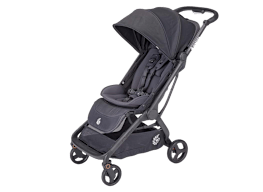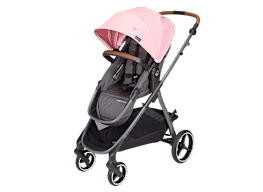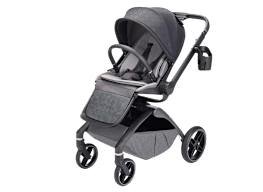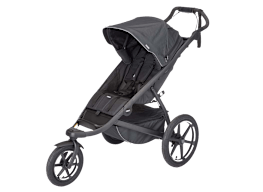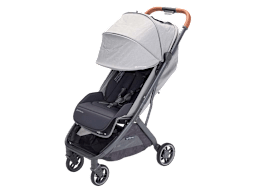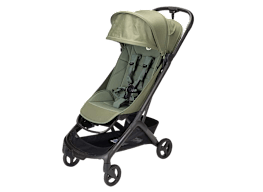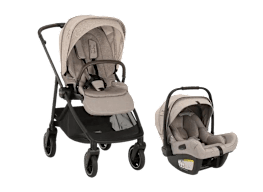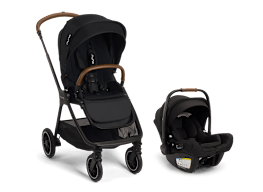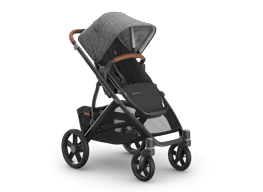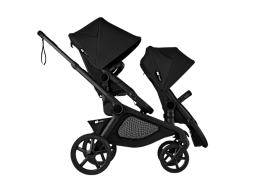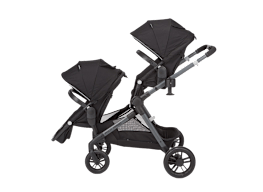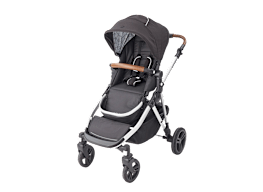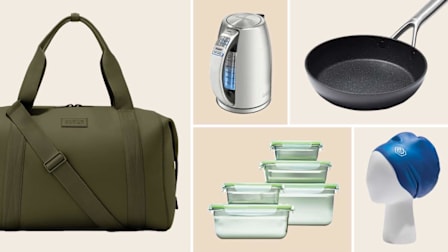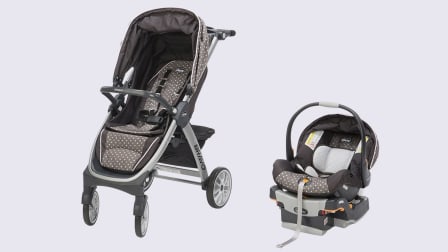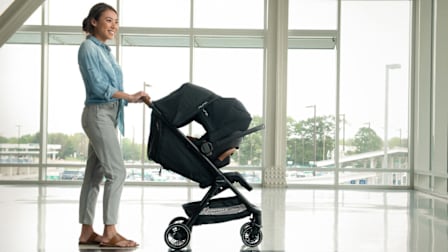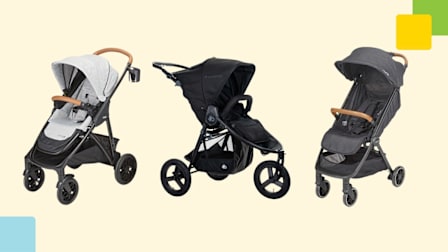Best Strollers of 2025
These top-performing strollers are safe, sturdy, agile, and easy to use, according to Consumer Reports' rigorous tests
When you shop through retailer links on our site, we may earn affiliate commissions. 100% of the fees we collect are used to support our nonprofit mission. Learn more.
A stroller is more than just a set of wheels to safely take your baby from point A to point B. As any mom or dad will tell you, a stroller can quickly become as essential to a parent as a car. And because outings with kids are hectic enough as is, it’s crucial that the stroller you choose makes your life easier, not harder. You don’t want to fuss with complicated straps, struggle to fold it up, or have difficulty maneuvering it on a bumpy road.
What to Consider When Buying a Stroller
Two things are nonnegotiable when it comes to strollers: They should be safe for the child and a breeze to use for the adult. In addition to that, the right stroller depends on the child’s age and development, your budget, and your lifestyle. So you’ll want to pick a stroller with features that address your needs. “There’s no one ‘best’ stroller,” Muratore says.
So to find your ideal stroller, start by zeroing in on your ideal type. In our lab, we categorize strollers according to the following: Traditional strollers, umbrella strollers, double strollers, travel systems, and car seat carrier strollers.
Once you’ve decided on a stroller type, consider the stroller’s various features, including what accessories it includes, how heavy it is, whether it has ample storage and a canopy, and whether it can convert to a double or even triple stroller down the line (crucial if you think you may have more kids!). Every family is different, so you might prioritize some aspects over others, depending on your child’s needs, where you live, and your preferences. We explain how to navigate all these considerations and more in our stroller buying guide.
In recent tests of over a dozen strollers, including models from Chicco, Graco, Mockingbird, Nuna, and Uppababy, several made it into our roundup of top scorers and earned CR Recommended status. To learn about these strollers and more, check our comprehensive stroller ratings, which include more than 100 models. To see the best stroller in each of the categories tested, read on.

















